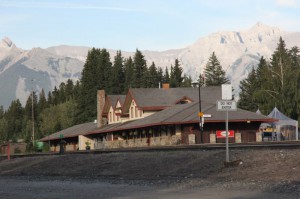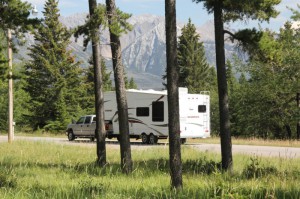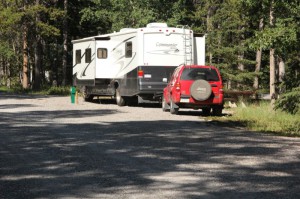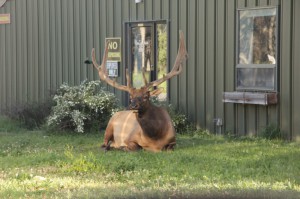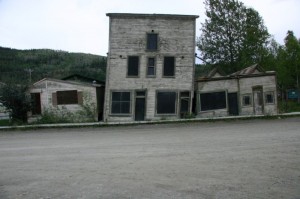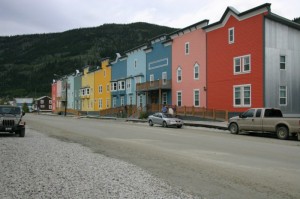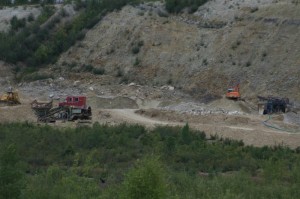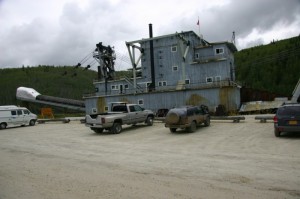British Columbia has many reasons for you to visit, and one worth paying attention to is a visit to the Historic Town of Barkerville. When great finds of gold happened in the west, Barkerville was at the forefront.

Gold was being rooted out of the streams all along the Fraser River. When Billy Barker arrived at Williams Creek, 1862, he found miners already abandoning claims and heading for new areas. They had panned the surface gold, and even dug down a few feet, and finding nothing, they had had enough and were ready to move on. Barker staked land along Williams Creek, perhaps even bought a few claims from those leaving the area,
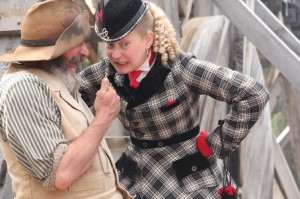
and he started to dig down. There was an abundance of scoffers about his great digs, and with good reason. He dug several pits, and found nothing, and that’s what everyone had told him. “You are wasting your time. Move on to some new areas before all the good claims are gone.”
It must be realized that digging a pit down through accumulated river sediments was not a simple task. You needed to build a solid wood frame on the sides of your pit to prevent a cave-in from
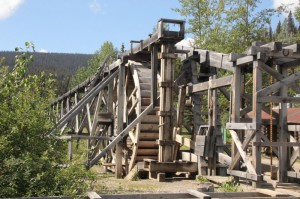
burying the digging crew. Also, the lower you went, the wetter the digging, and there was even more potential of cave-ins. You had to send up the muck, sand, and rocks in buckets pulled up using a type of tripod and pulley. The object of the pit was to dig to bedrock in an old river channel, and see if gold might be located in the crevices and adjacent sand or clay. Once at the bottom you would explore sideways along the solid rock by building a tunnel. This is not work for the claustrophobic.
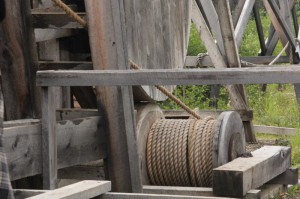
In late summer of 1862 they were down 52 feet when they saw the glint of gold. Their digging had landed them right on top of a rich gold lead. This rich lead was extremely rich. One day they recovered as much as 50 ounces of gold in a pail full of sand and clay. The gold bearing zone was thick and estimates the eventually over 2 billion dollars of gold in today’s prices, came out of the streambed.
Removing the paydirt was made easier using the Cornish Waterwheel. At Barkerville there is a tremendously popular skit between a worker, and a manager, showing how the waterwheel worked. The role of the miner is well done by a man who has been doing it for several years, and he has his actions and facial expressions down pat.

He shows how the waterwheel powers the cable that holds the bucket that brings up the paydirt. It was also used to move the miners up and down from their moist and dripping work area. It also passed water over the sluice box that contained the pay dirt, separating the gravel and sand from the gold which collected in places along the bottom of the sluice box.
Make plans for next year, and be one of the more than 60,000 visitors to the Historic Town of Barkerville.
Happy RVing!
For more than four decades James Stoness has travelled the roads of North America, photographing and writing about what he has seen. His travel articles and beautiful pictures have been published in several magazines and newspapers. He is also the author of five western novels. Visit his website at: www.stonesstravelguides.com
